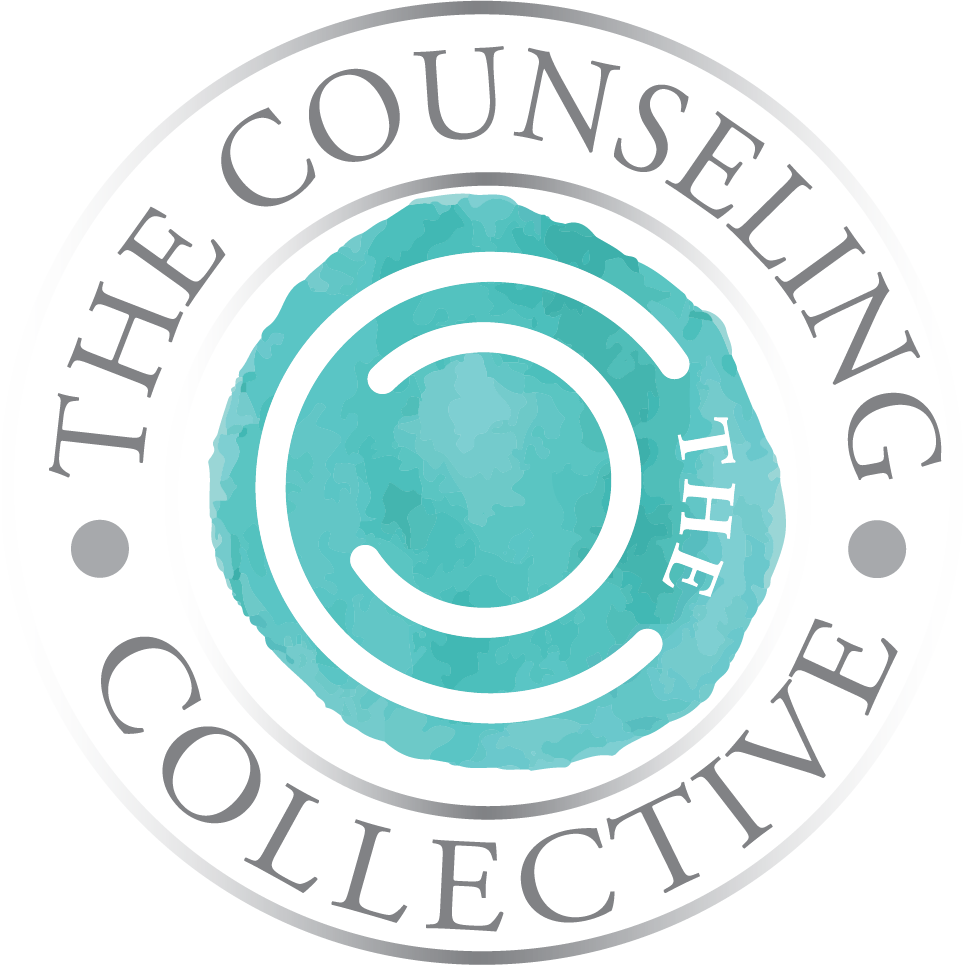Showing Up During Pride (and Beyond)
/Pride Month is frequently portrayed as a time of celebration, complete with rainbows, fun performances, parades, exciting events, and joy. Many LGBTQIA+ people may find it affirming to see visibility and connection reflected in their communities during this historic month. Others, however, may experience anxiety, grief, dysphoria, trauma, and exhaustion during this season.
True allyship entails caring about people's mental and emotional well-being, not just their visibility. Today, we’ll discuss the significance of Pride Month and how to best support one another, remember our history and culture, and collaborate for a better future.
What Is Pride Month, and Why Does It Matter?
Pride Month is observed every June to honor and celebrate the LGBTQIA+ community. It originates from the 1969 Stonewall Uprising, a moment in American history when LGBTQIA+ people, particularly trans women of color such as Marsha P. Johnson and Sylvia Rivera, stood up to police harassment in New York City. What started as a form of resistance has evolved into a global movement for equality, visibility, and love.
But Pride is more than a celebration. It’s also a recognition of resilience. It honors the right to live openly and safely in a world where that still isn’t guaranteed for many.
For those who are unfamiliar with or unsure how to engage with Pride, remember that it is not about exclusivity; rather, it is about making space for those who have historically been marginalized.
Here are some resources if you’d like to learn more:
· PFLAG: The first and largest organization for LGBTQ+ people, their parents, and allies
· Human Rights Campaign – Resources for understanding gender and sexuality
· History of Pride Month – Library of Congress
· Book: This Book is Gay by Juno Dawson – An accessible, often humorous introduction to LGBTQ+ identity and history
Mental Health and Identity Are Deeply Intertwined
According to ongoing research, LGBTQIA+ people are significantly more likely to experience anxiety, depression, and trauma-related symptoms. This is not due to who they are or how they treat others, but rather to how society perceives them.
They may also experience:
· Rejection or conditional acceptance from family
· Discrimination in schools, workplaces, or healthcare
· Public policies that threaten safety or access to care
· Religious or cultural stigma
These experiences, known as minority stress, can accumulate over time and have a significant impact on mental health. Supporting LGBTQIA+ people, especially during Pride, entails providing emotional safety, affirming identity, and being aware of any wounds that some may still be carrying.
Mental Health Support Is Allyship
Here’s how you can show up not just for Pride, but for the well-being of LGBTQIA+ people all year long:
1. Support Without Fixing
So many queer and trans folks spend their lives being “managed” or questioned. Try listening without needing to solve. Instead of advice, offer empathy. Mental health support often starts with simply feeling seen.
2. Checking In
Ask: “How are you actually doing this time of year?” Let people answer honestly. Make it clear that they don’t need to perform positivity.
3. Learn About Minority Stress
Understanding the emotional and psychological toll that systemic discrimination can have helps allies support with more humility, patience, and care.
4. Advocating For Resources
Commit to investing in mental health by promoting affirming therapy, recommending trauma-informed providers, and raising the profile of LGBTQIA+ mental health advocates and educators. Speak out against stigma whenever you see it, because healing and understanding should be accessible to everyone.
Mental Health and Local Resources
· The Trevor Project – 24/7 crisis and suicide prevention for LGBTQ youth
· Trans Lifeline – Peer support hotline for trans individuals
· LGBT National Help Center – Peer support and local referrals
· QTPoC Mental Health – Centering the mental health needs of queer and trans people of color
· Lancaster County Chooses Love – An organization dedicated to advocating for LGBTQ+ people in the community by providing safe social places and connecting residents with local resources.
· Lancaster Pride – A volunteer organization dedicated to making Lancaster County a safe and welcoming environment for all LGBTQIA+ community members.
· Eastern PA Trans Equity Project – Empowers transgender Pennsylvanians in 42 counties by providing legal name change support, peer groups, financial assistance, and advocacy.
Final Thoughts
Pride is more than a celebration; it represents a legacy of resistance, healing, and hope. It's also a time to focus on the emotional and mental health of LGBTQIA+ people who continue to live in systems that do not always accommodate them.
Keep listening. Keep learning. Continue to show up in ways that prioritize dignity, safety, and compassion. Not just for Pride Month, but every day.
The mental health therapists at our office offer counseling for a variety of issues including trauma using EMDR, depression, anxiety, grief, and couples counseling. We work with kids, teens, adults, and couples. We also offer online counseling services which can be great for people with busy schedules or for people who live in parts of Pennsylvania with limited counseling options. You can check out our website to see the full list of counseling services that we offer. Or, Schedule An Appointment here.
